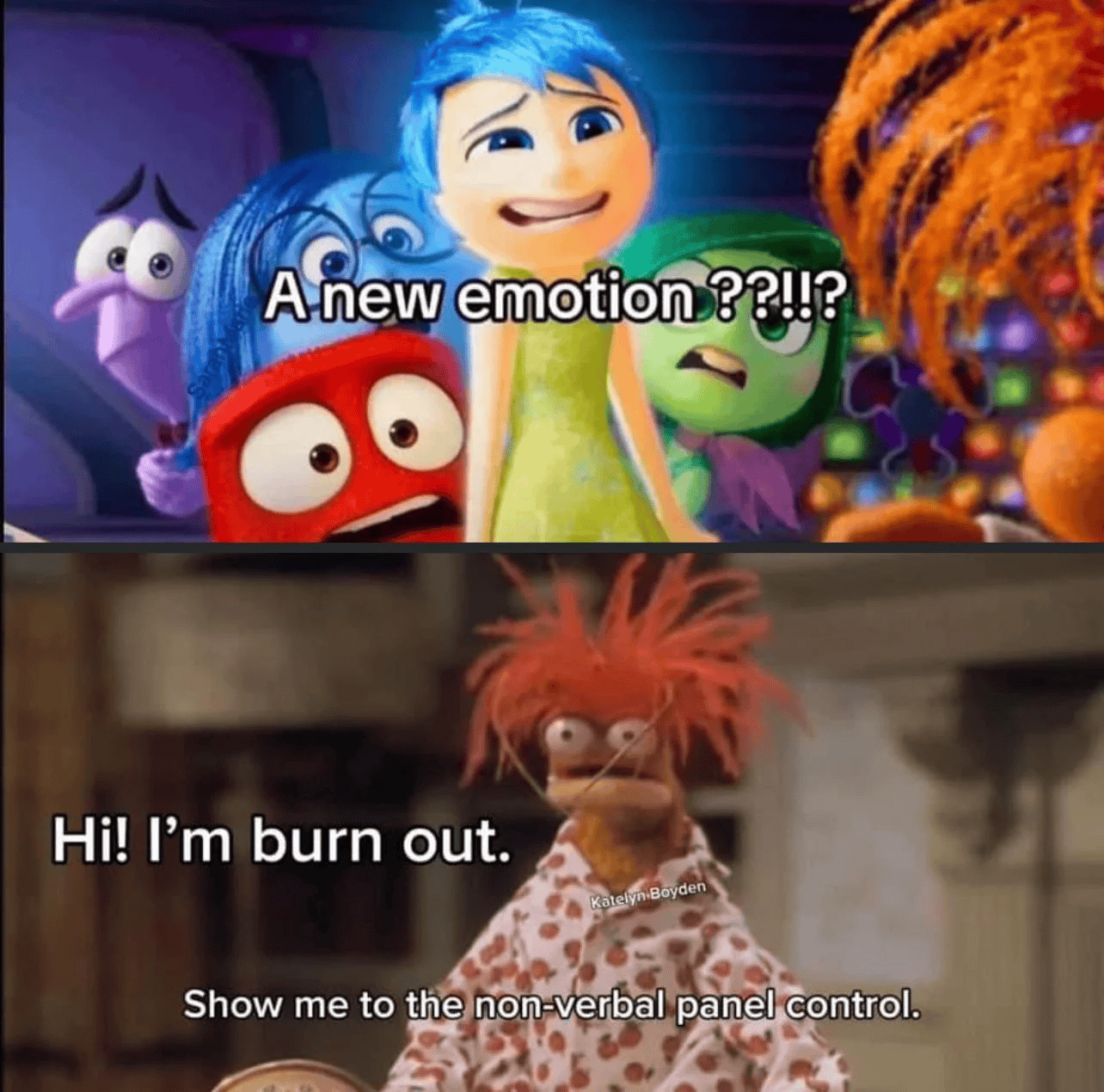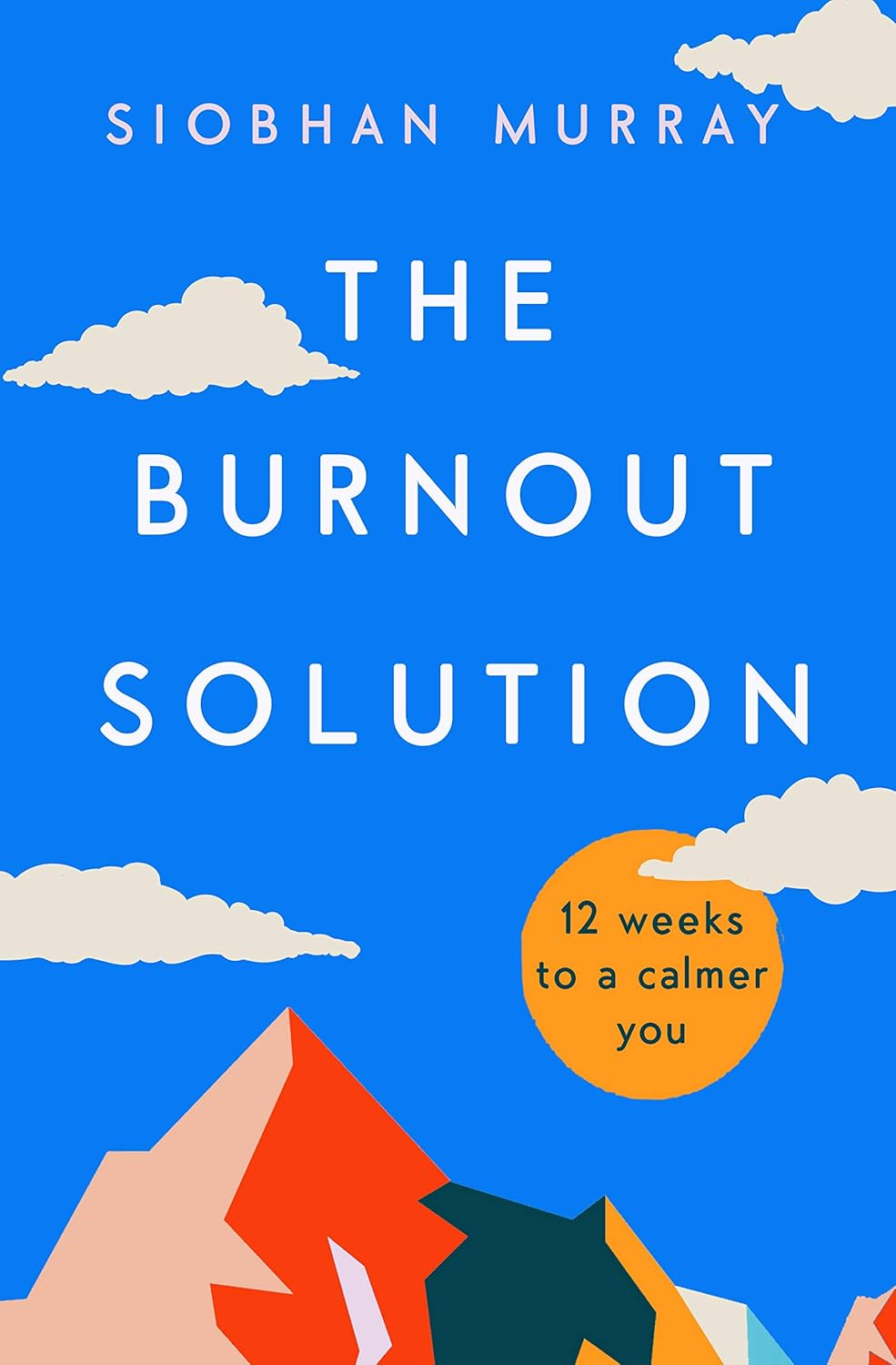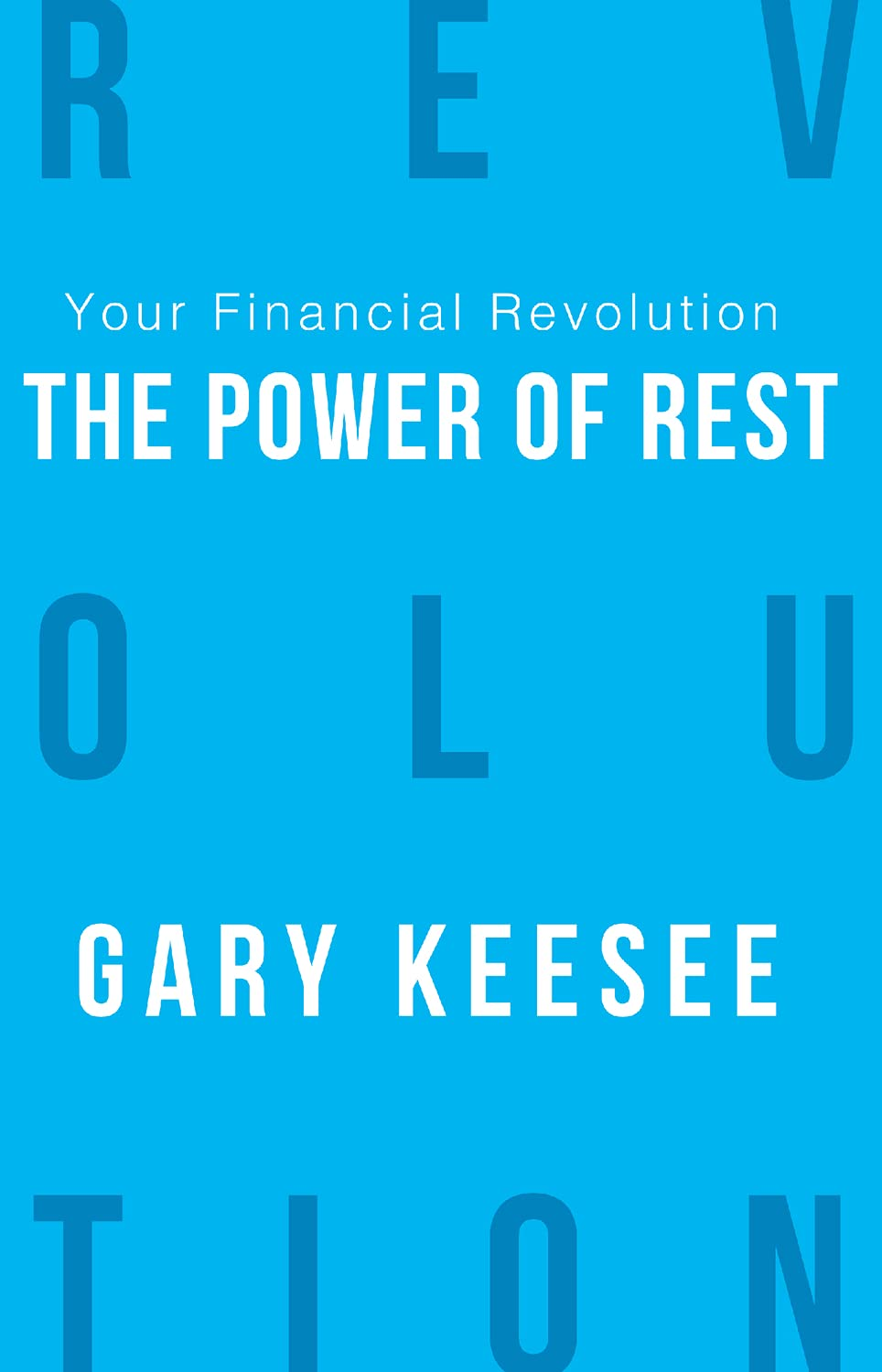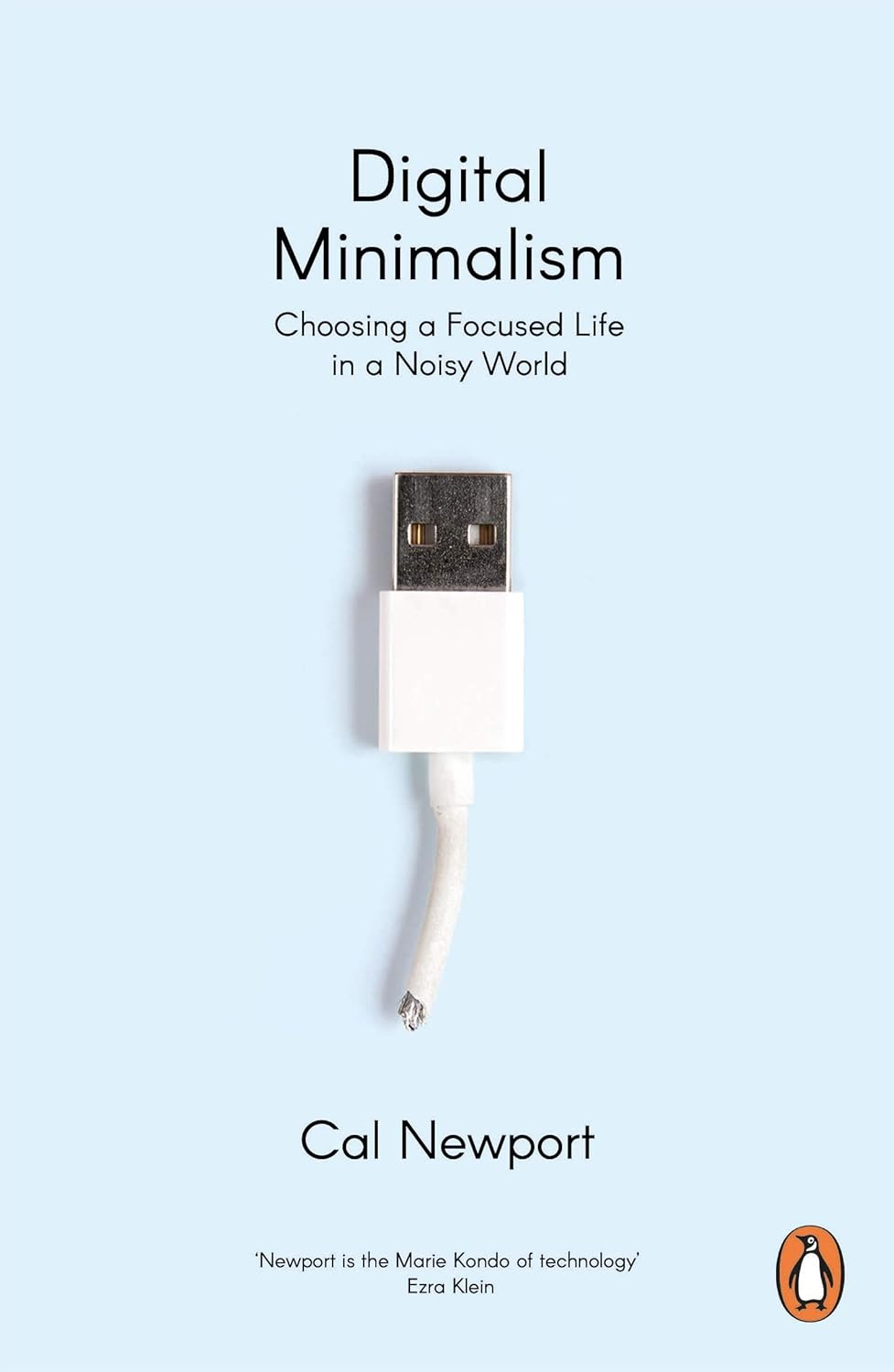Ah, artificial intelligence, the future job thief. What AI is really good at is handling large amounts of data. In this article, we’ll show you how to use AI for good—so it can truly help you with project management. Key takeaways AI minimizes ri
How to avoid burnout: Essential strategies for maintaining your well-being
In today’s work environment, building a career requires motivation and the ability to avoid burnout. This balance is key to maintaining both professional effectiveness and personal well-being. In this article, we’ll explore how to recognize warning signs and manage work-life balance.
Key takeaways
Regular breaks increase productivity by 45% while helping to prevent burnout
Implementing proper work-life balance reduces stress levels by 35%
Structured stress management techniques improve mental well-being by 40%
Signs and prevention of burnout
Burnout doesn't always mean you're simply working too much. Often, it is related to a lack of understanding of why you're doing what you're doing. It’s important to identify and recognize the signs early on so you can effectively address them.
| Area
|
Warning Signs
|
Impact
|
Solutions
|
| Physical
|
Morning fatigue, headaches, sleep issues |
Chronic exhaustion, frequent illness, digestive problems |
Regular exercise, sleep routine, balanced diet |
| Mental
|
Anxiety, memory issues, poor focus |
Decision paralysis, creativity loss, negative thinking |
Mindfulness, new skills, regular breaks |
| Emotional
|
Irritability, loss of enthusiasm, worry |
Emotional numbness, cynicism, depression |
Therapy, social support, hobbies |
| Professional
|
Procrastination, missing deadlines, work avoidance |
Isolation, poor performance, conflicts |
Time management, clear boundaries, task prioritization |
|
|
|
|
|
Prevention Strategies
Тo effectively avoid burnout a system is required. Similar to a flower garden your emotional state needs regular care:
- Mindfulness practice. 10 minutes of meditation a day significantly reduces emotional strain.
- Gratitude journal. Writing three positive notes a day helps you appreciate even the smallest of actions.
- Cognitive breaks. Make sure to switch your attention to something unrelated to work. If you can't go for a walk, just watch a funny video to give your brain a break.
- Learning new skills. It has been scientifically proven that learning something new helps to distract from negative thoughts and reduces stress.
- Creative expression. You don’t need to be an artist to engage in drawing. Creative activities help reduce emotional strain and normalize psychological well-being.
- Social connections. Talking about non-work-related topics reduces stress and anxiety.
Work-life integration
To avoid work burnout, it’s important to establish a balance that will work in the long run. This requires building sustainable habits:
- Time boundaries. Set a specific amount of time for work and stick to it. Address work issues only during that period.
- Location separation. Create a separate workspace, whether a home office or just a desk, dedicated solely to work.
- Recovery periods. Make sure to schedule breaks. Thirty minutes of overtime can cost you enthusiasm, while thirty minutes of rest will allow you to recharge and increase productivity without harming your well-being.
- Personal development. Investing in learning and growth has never hurt anyone. In fact, noticing your progress motivates you to achieve even more.

Digital wellness
In today’s world, simply setting personal boundaries is not enough. The constant flow of information and digital distractions can lead to stress and exhaustion. It’s important to limit your digital exposure to maintain mental health and balance.
- Notification control. Limit distractions that can take your focus away from work.
- Screen-free periods. A digital detox will not only help your eyesight but also improve your emotional state, especially when all your work happens on a computer or phone.
- Batch email processing. Instead of checking emails every hour, designate a specific time to respond to all important messages at once. This will significantly improve your efficiency and may help prevent burnout.
- Device-free zones. Set certain areas (e.g., bedroom) where no digital devices are allowed. This will help you avoid the urge to check work-related matters outside of work hours and enjoy personal time with family, for example.
- Digital sunset. An hour before bed, put your phones away and allow your eyes and brain to start recovering.
Interesting fact

According to a study, employees who take regular breaks experience burnout 37% less often and report a 42% higher job satisfaction rate!
Related articles:
To delve deeper into freelancing, explore How to become a freelance project manager: A step-by-step guide.
To improve communication between remote employees, check out How to collaborate effectively with remote teams: Tools and tips.
For better work organization at home, read Parenting and remote work: Tips for balancing family and productivity.
Conclusion
If you want to avoid burnout, you need to focus not only on work but also on taking care of yourself. By using tools like Taskee for better work management and following the above recommendations, you can maintain enthusiasm, creativity, and job satisfaction.
Recommended reading


"Burnout Solution"
Comprehensive guide to understanding and preventing professional exhaustion, with practical exercises and recovery strategies.
On Amazon
"Your Financial Revolution: The Power of Rest"
Science-based strategies for optimal recovery and performance, including innovative approaches to energy management.
On Amazon
"Digital Minimalism"
Creating healthy boundaries with technology for better work-life balance in the modern age.
On Amazon






